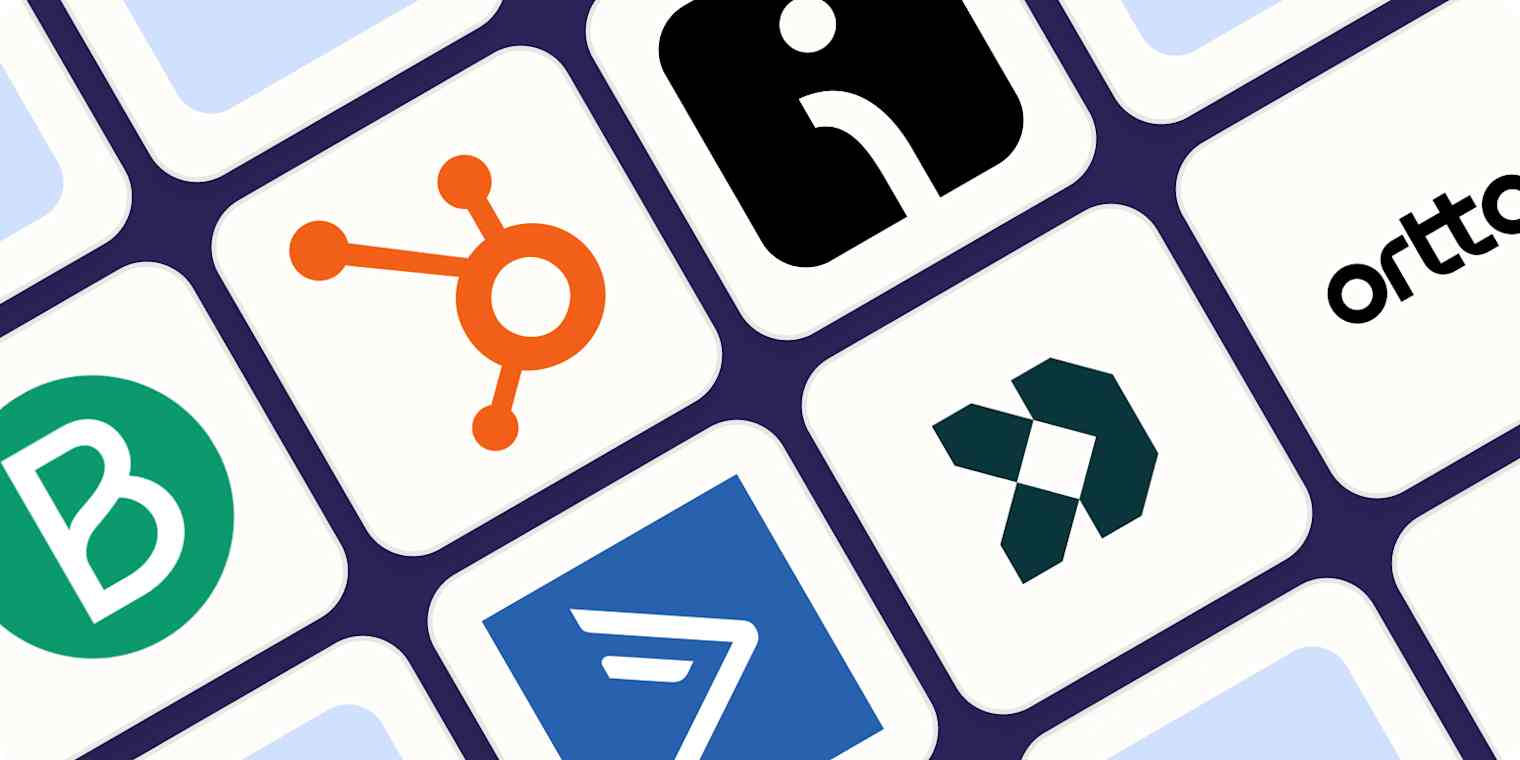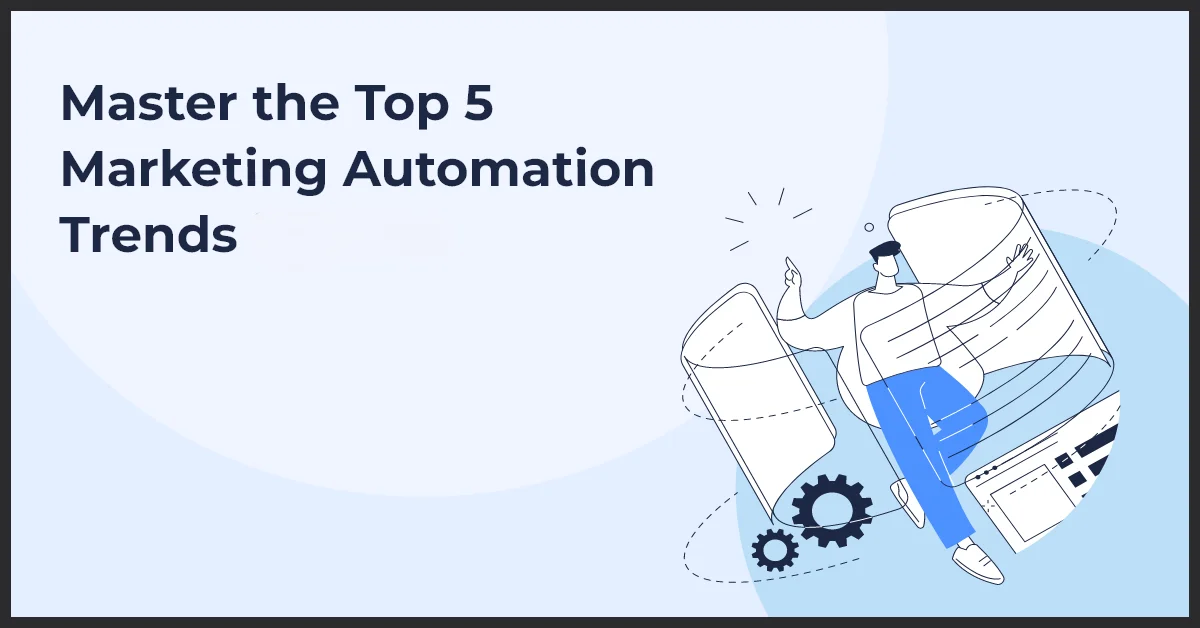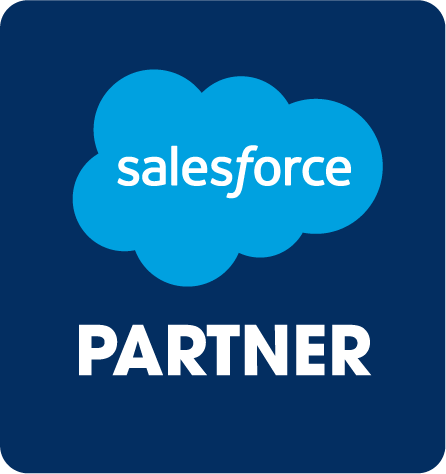Unlocking Automated Lead Flow, Smarter Targeting & Greater Campaign ROI
Integrating Marketing Cloud Account Engagement (MCAE) with Advertising Audiences is a strategic move for marketers looking to drive better alignment between their CRM data and digital ad campaigns. This integration lets you automate how leads flow into your system, personalize your targeting, and scale efficiently using data you already have.
Here’s a detailed breakdown of what you gain—and how to implement it—with five key advantages, explained thoroughly below.
1. Automate Lead Flow from Ads to CRM
One of the most immediate benefits of integrating MCAE with Advertising Audiences is the automation of lead data from ad platforms directly into Salesforce. Instead of manually downloading leads from Facebook Lead Forms, Google Ads, or LinkedIn, then importing them into your CRM or marketing automation platform, you can build an automated pipeline that captures and syncs that data in real-time.
This saves your team hours of manual work and eliminates the risk of data errors or delays. As soon as a prospect fills out an ad form, they’re automatically created as a lead or contact in Salesforce, assigned to a campaign, and even added to an Engagement Studio program within MCAE.
What makes this powerful is that you can immediately begin scoring, grading, and nurturing these new leads without any human intervention. And because the system is working with real-time data, your sales team can reach out to high-quality leads the moment they express interest.
With this automation in place, you improve your speed-to-lead, keep your records clean and consistent, and create a seamless experience from ad click to CRM engagement—all while freeing up your team to focus on strategy.
2. Centralize Data Across Campaign Channels
By integrating Account Engagement with Advertising Audiences, you get the ability to centralize campaign performance and engagement data across email, web, and paid media channels. This means you no longer have to analyze Facebook Ads and email campaigns in separate silos. Instead, you get a unified view of how your prospects engage with your brand across the funnel.
For example, you can track if someone clicks on your Google ad, then opens an email campaign three days later, and finally fills out a form on your website. These touchpoints are now part of one cohesive journey that you can monitor, report on, and optimize from within Salesforce.
This level of visibility empowers smarter decision-making. You can analyze how paid ads contribute to pipeline creation, see where leads drop off, and refine your campaign tactics accordingly. Instead of guessing which channel drove conversions, you’ll know exactly which touchpoint played the biggest role.
When marketing efforts are unified like this, you’re able to create much more intelligent and responsive campaigns, driven by data rather than assumptions. This helps you measure real ROI and better justify your marketing spend.
3. Build Smarter, Dynamic Audiences Based on CRM Data
One of the most compelling advantages of the integration is the ability to create highly-targeted advertising audiences using real-time CRM data, instead of relying solely on platform-based audience tools. You’re no longer limited to basic demographic or interest targeting offered by Facebook or Google—you can now build audiences based on real interactions, behaviors, and scores from your Salesforce and MCAE environments.
Want to show ads only to leads with a score above 80? Or retarget prospects who downloaded a whitepaper but didn’t book a demo? With this setup, that’s entirely possible. You can build dynamic lists or reports in Salesforce or MCAE that reflect a specific segment of your database and sync those directly with your ad platforms.
You can also use this to create exclusion lists, ensuring that people already in your sales pipeline or existing customers aren’t being served acquisition ads, saving you ad dollars and improving relevance.
Even better, you can use these custom audiences to build lookalikes on platforms like Facebook or LinkedIn. That means you’re expanding your reach by finding new people who behave just like your top leads or customers, without needing to guess who they are.
4. Re-Engage Cold or Dormant Leads at Scale
Every marketer has a list of leads who once showed interest but have since gone cold. Instead of letting them go to waste, this integration allows you to re-engage those dormant contacts with targeted, personalized ads based on their previous behaviors and profiles.
Using Salesforce reports or MCAE dynamic lists, you can identify cold leads who haven’t engaged in the last 60 or 90 days. You can then sync those segments to Advertising Audiences and serve up timely, relevant offers, such as a limited-time discount, free webinar, or product demo.
What makes this strategy effective is that you’re speaking directly to people who are already familiar with your brand. You’re not building awareness from scratch—you’re reigniting interest. And because the ads are backed by historical behavior, you can tailor them in a way that feels personal.
In many cases, leads that have gone cold in email might still respond to display or social ads. The ability to show up in their Facebook or Google feed with a compelling message gives you a second chance to earn their attention—and potentially convert them into pipeline.
It’s a smart way to maximize the value of your existing database while improving overall lead conversion rates.
5. Increase Marketing and Sales Alignment
Finally, the integration improves how marketing and sales teams collaborate. When both teams have access to the same data and lead statuses and can see exactly which ad or email campaign a lead came from, it becomes much easier to work toward shared goals.
For instance, sales reps can now see which campaigns a lead engaged with before becoming sales-ready. That means they can personalize outreach based on real insights rather than cold calls. They can also trust that new leads entering the CRM from ads have already been nurtured and scored properly.
On the marketing side, the team gets a clear picture of what happens to leads after hand-off, helping them fine-tune messaging and qualification criteria. Marketing can also get real feedback from sales on the quality of leads from specific ads or platforms.
By using this integrated system, both teams operate from a shared source of truth. This reduces friction, improves follow-up timing, and drives better overall outcomes for the business.
Final Thoughts: Why MarketCatch Recommends This Integration
Integrating Account Engagement with Advertising Audiences helps you close the loop between your CRM and ad platforms. You’ll stop wasting money on generic ads and start delivering tailored experiences that convert.
If you’re serious about growing your pipeline, increasing lead quality, and improving ROI across digital channels, this integration isn’t optional—it’s essential.
Need help planning or launching your setup?
MarketCatch is your trusted Salesforce Partner for digital marketing automation and advertising success.
Contact us today to get started.




